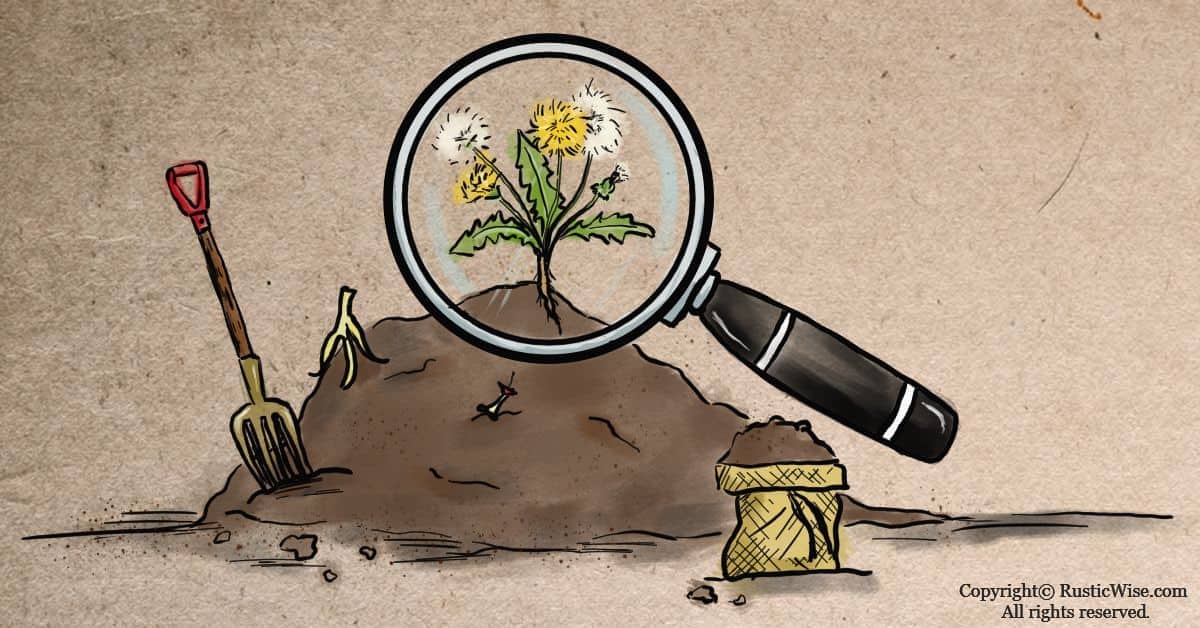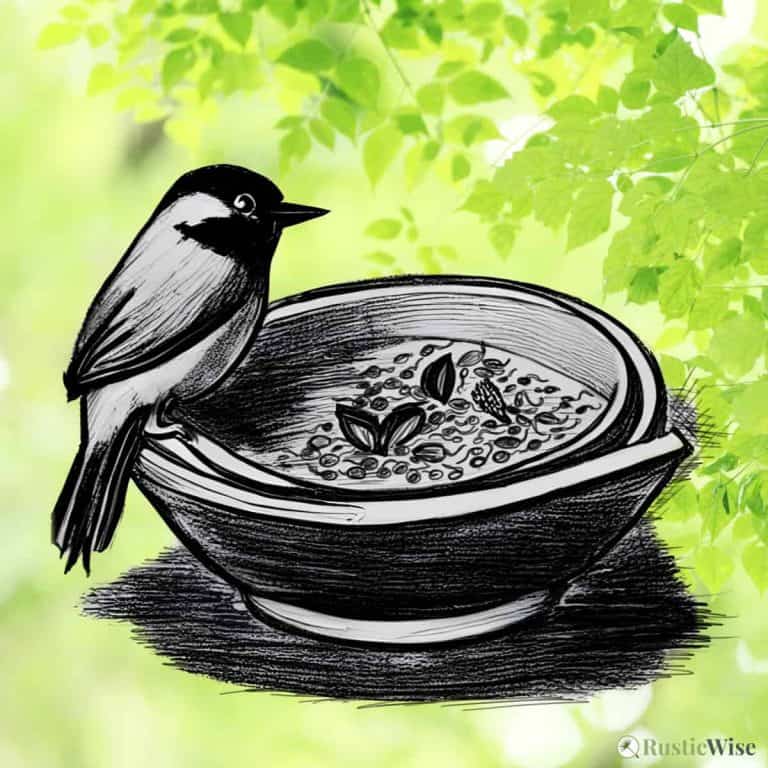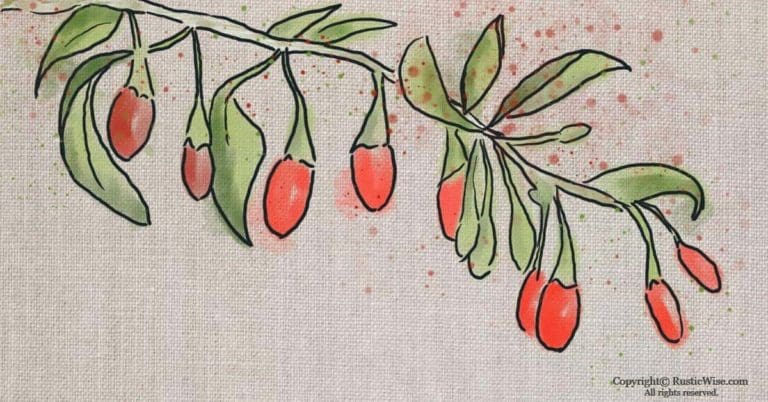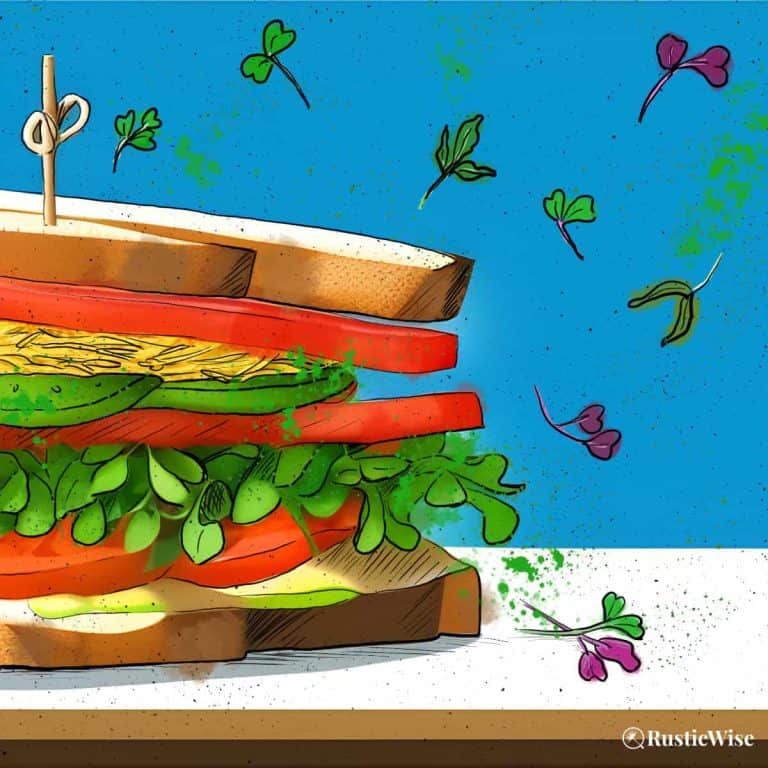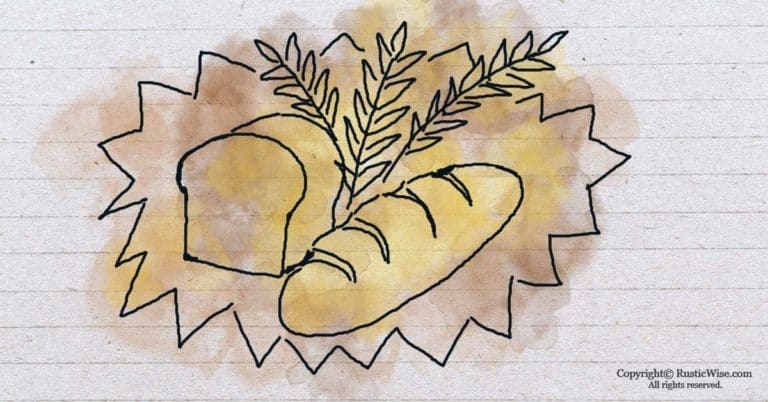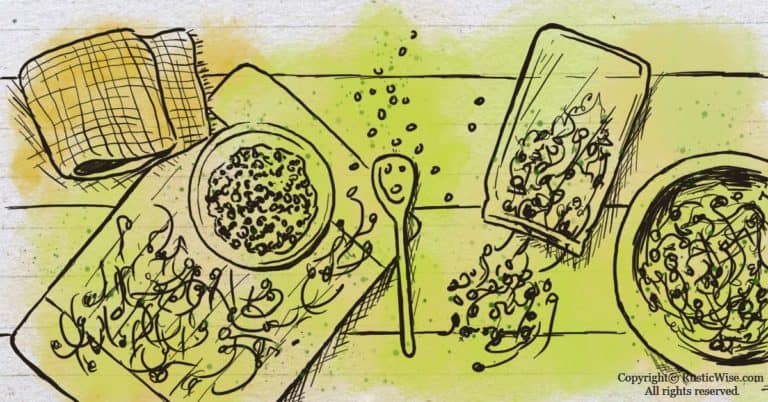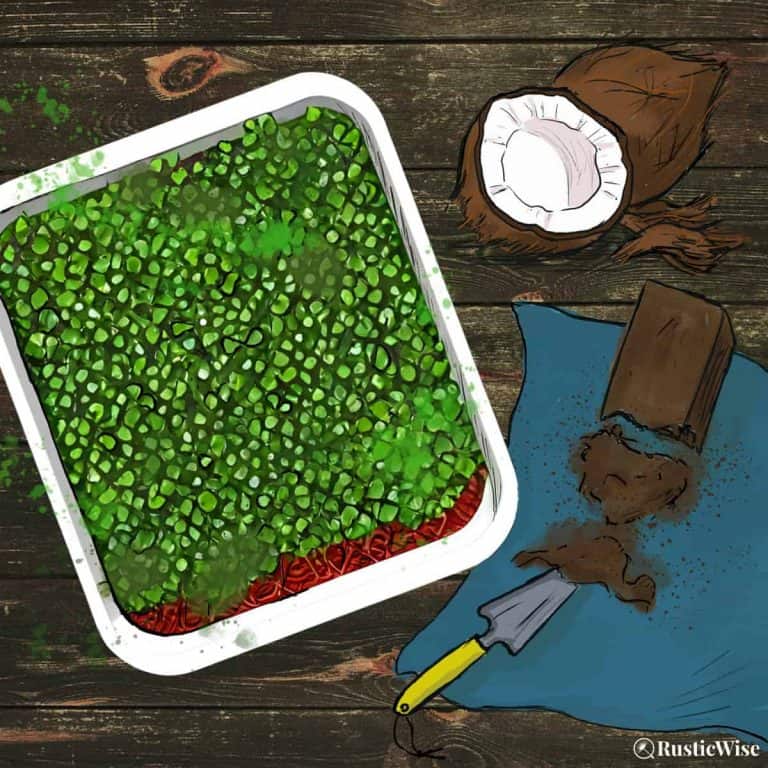Can You Compost Weeds (Without Spreading Seeds)? Yes, Here’s How
Can you compost weeds (without spreading seeds)? Yes, here’s how. If you want to take advantage of the nitrogen-rich properties of weeds for your compost pile, it’s important to take a few steps. First, don’t add any weeds that have gone to seed—you’ll need to pull weeds while they’re still young. Second, for perennial weeds such as dandelions or yellow dock, you’ll need to take a few extra steps to ensure the roots are properly killed first (through sun-drying, bagging or solarization, or drowning).
Weeds are part and parcel with gardening. If you can’t beat them, you might as well use them to add (free) nutrients and nitrogen to your compost. While some gardeners won’t even think about composting weeds for fear of spreading seeds, you just need to take a few precautions first. So before you toss your weeds into the garbage, read up on how to safely compost them!
What’s considered a weed?
While dandelions, plantain, or purslane are considered weeds to some, others covet and harvest them for culinary or medicinal purposes.
So the definition of a weed is hard to pinpoint, but it’s essentially any plant that pops up where you don’t want it.
I have a confession to make—I kind of like weeds (well some weeds, that is). Sure they’re annoying when they pop up in your vegetable garden, or between the cracks in the sidewalk. But I’ve made peace with them.
We’ve made dandelion root coffee (or tea), and sauté the dandelion greens. Purslane is tasty all on it’s own. And there are so many practical uses for common weeds including stinging nettle, yellow dock, lambsquarters, and plantain.
If we appear to have a more laissez-faire attitude towards weeds than others, it’s because the dandelions in our yard are also a food source for our pet tortoise. Plus dandelion flowers are an important source of food for bees as well!
But we understand that for some gardeners, the sight of a weed is enough to make one’s eye twitch. Keep reading for how to turn weeds into compost.
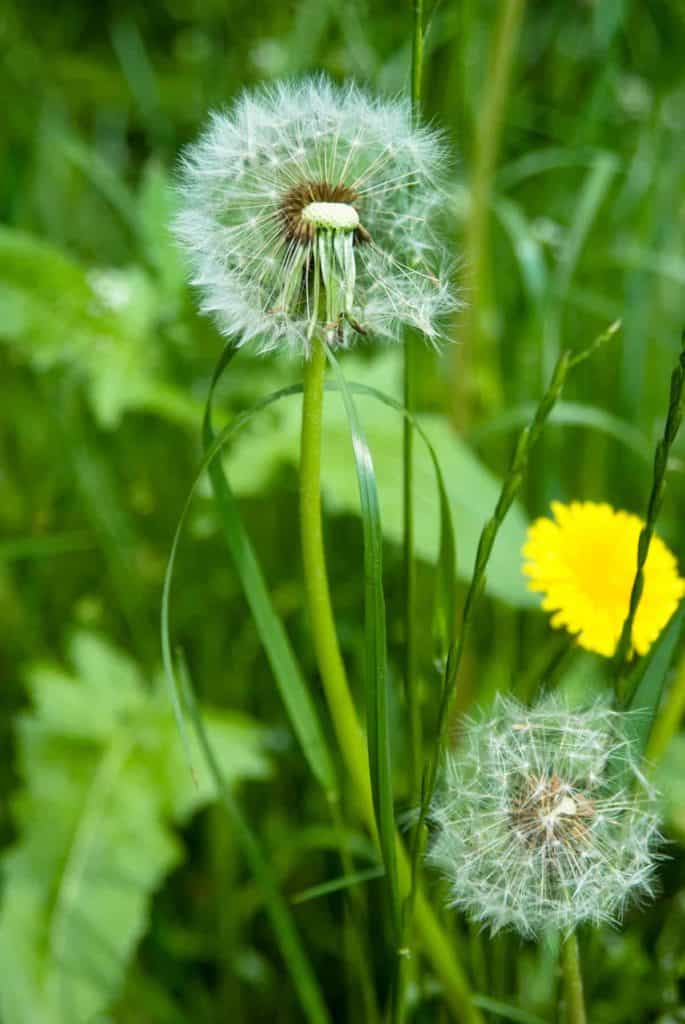
How weeds help your compost pile
In the composting world, the ingredients you add to your compost pile can be categorized as either “green” or “brown.”
Green materials are rich in nitrogen, and are quick to break down. They provide microorganisms with the nutrients needed to reproduce and grow. Garden weeds fall under this category as do kitchen scraps, plant clippings, and lawn clippings.
Brown materials are filled with carbon. Carbon provides energy slowly to microorganisms, and carbon-rich ingredients are tougher to break down. Examples of brown matter are twigs, branches, and unbleached paper products.
The color of the object doesn’t necessarily correspond to its classification. For example, coffee grounds are brown, but fall under the green category.
A balance of approximately half green and half brown materials, plus water, oxygen, and a bit of heat are needed for composting success.
So hang on to those pulled weeds for a valuable boost of nitrogen!
Why it’s important to compost weeds properly
Weeds are prolific seeders (otherwise they wouldn’t be weeds!). As such, live weed seeds pose a problem for backyard composts.
If you introduce weeds that have gone to seed to your compost pile, this could propagate weeds once you spread the finished compost around your garden.
Or, if you accidentally add weeds with seedheads to a cold compost, these seeds may lie dormant for many years before spreading around. We’ll talk more below about how the temperature of your compost needs to be hot before adding any weeds that have gone to seed.
Tip: Seeds from weeds are not the only way that weeds can sprout in your garden. If you’re introducing animal manure, often times this contains weed seeds. Ensure any animal manure you add to your compost is fully decomposed before adding to your garden.
How to compost weeds the right way
If you want to keep weeds to a manageable level, it’s best to pull ’em out while they’re young and haven’t gone to seed. In this way, they’re generally safe to add to the compost bin as is. However, if the weeds have deep roots or rhizomes, keep reading below.
Now would be a good time to also mention noxious weeds. It’s a good idea to read up on noxious weeds in your area and what the recommended guidelines are for disposing of them. Depending on where you live, a noxious weed could be a Canada thistle, or a Japanese Knotweed. We do not recommend adding noxious weeds to your compost as is. Please follow your local guidelines on how to best dispose of noxious weeds.
So, what do you do with weeds that have gone to seed? And what about those pesky roots?
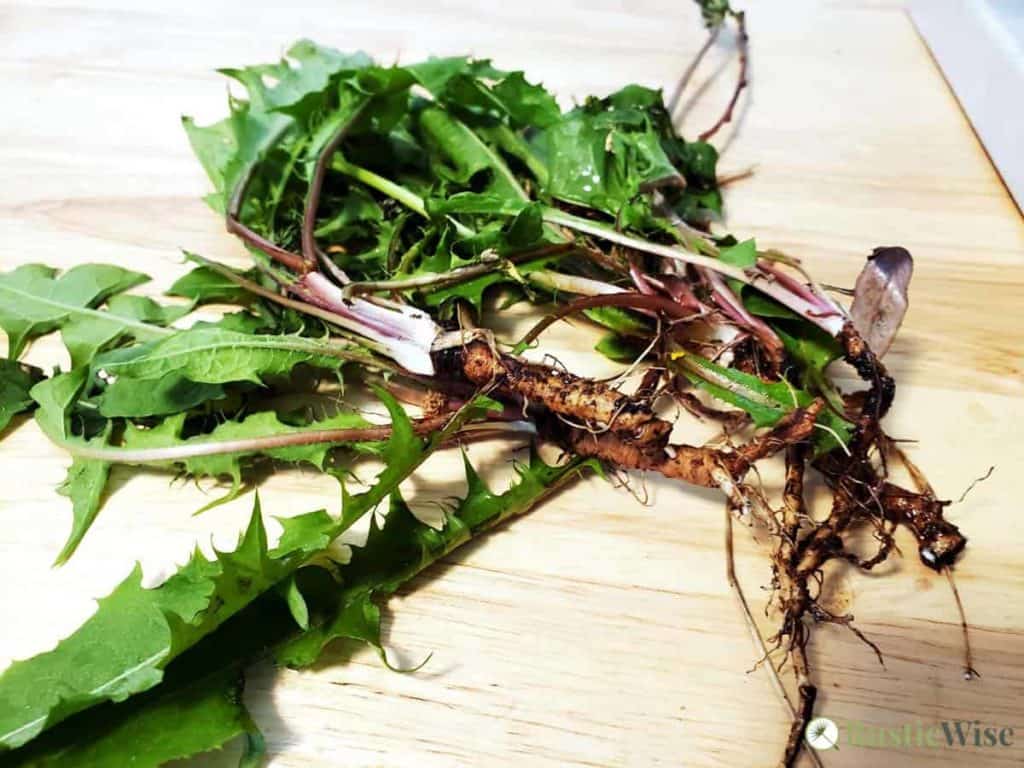
How to compost weeds with roots
Perennial weeds such as couch grass, dandelions, and docks tend to have deep roots or rhizomes which is why they’re able to pop back in the same spots year after year.
If you throw these types of weeds with roots intact into the compost, they might get a little too cozy and make a new home. Unfortunately, a compost pile provides a favorable environment for these types of resilient weeds to take root right in your compost heap. (1)
There are a couple of ways to deal with the roots before adding to your compost.
Sun-dry method
If you have a lot of weeds with pesky roots, you can use the heat of the sun to fry and dry them.
- Lay your weeds onto a sheet of newspaper or cardboard. It’s best to have a single layer for quicker drying.
- Place in a sunny spot for several days until they are shriveled.
Now you can safely add them to your compost.
Smash method
This method is quick, easy, and oh-so-satisfying if you only have a few weeds with roots.
- Use a hammer or a rock to smash the roots.
- Smash some more.
As resilient as weeds are, I highly doubt the weeds can take root after you’ve had your way with them with a hammer or rock.
How to compost weeds with seeds
The nagging concern with composting weeds of course is what to do about weed seeds.
First of all, it’s really difficult to rid your garden or compost pile completely of weed seeds. After all, seeds can get blown in by the wind. You can mitigate this by having a covered bin.
However, here are three methods you can use to effectively kill weed seeds:
- Hot compost method
- Plastic bag or solarization method
- Water or drowning method
Tip: If you’re worried about possible weed seeds even after you take the following precautions, the University of Georgia Extension suggests pasteurizing your compost before adding to potting mix. Place the finished compost in your oven for 30 minutes at 160 degrees Fahrenheit (71 degrees Celsius).
Hot compost method
Some say that if you have a hot compost pile, one that reaches a temperature of 140 degrees Fahrenheit (60 degrees Celsius), this is sufficient to kill seeds. However, it’s not just enough for the compost to reach this temperature—this hot temperature must be sustained for a long period of time, up to several weeks.
During this time, the compost needs to be turned frequently to evenly distribute the heat and ensure all parts of the compost receive moisture and oxygen.
However, most backyard compost piles rarely reach this temperature. And even if your compost does, a few seeds may survive…
Plastic bag (or solarization) method
An easy, but slow way to kill weed seeds is to place all weeds in a plastic bag and seal it up.
Solarization is a method used in warm, sunny places such as California to control soilborne pests and weeds by capturing the sun’s radiant energy. While typically solarization involves placing large sheets of plastic directly over swaths of earth, we can still capture the same effect in an easier way by using a simple plastic bag.
Depending on your local climate and how warm your plastic bag gets, this method can take anywhere from several months up to a year. So place your weeds and seeds into a bag, seal it up, and put it somewhere sunny, yet out of sight. It may help if you use a black garbage bag to attract more heat.
Once the weeds have all died, they’re safe to add to your compost.
Water or drowning method
With this method, you’ll need a large bucket with a cover, water, and a stone or brick to weigh the weeds down. You’ll be essentially making a weed slurry. This method is a bit messy and may produce a slight smell as the weeds turn slimy. This method takes up to 6 weeks to “drown” the weeds.
Simply place your weeds and seeds in a large bucket of water. Use a large stone or brick to ensure all parts of the weeds (especially the roots) are held below water. Place a cover on top.
After several weeks, all weeds should be safe to add to the compost pile. Before you dump out the slurry liquid, you can make a fertilizer by using the strained liquid and diluting with water before adding to plants.
Preventative measures are the best way to control weeds
Before your yard or garden is overrun with weeds, it’s best to be proactive with weed management:
- Pull weeds while they’re young and before they’ve had a chance to establish an underground root system in the case of perennials.
- Use mulch! Mulch made of natural materials such as wood chips, leaves, or straw are a great way to suppress weed growth. Plus, they add nutrients to your soil once they decompose.
- Keep your lawn (slightly) longer. Did you know that shortly-cut grass invites in more weeds? It’s best to let your grass grow a bit longer, at least 2–3 inches (5–8 centimeters). It’s a win-win—less mowing and fewer weeds!
The takeaway: can you compost weeds?
You can compost weeds, it just takes a little extra work. First, don’t add any weeds that have gone to seed—you’ll need to pull weeds while they’re still young. Second, for perennial weeds such as dandelions or yellow dock, you’ll need to take a few extra steps first (through either sun-drying, bagging or solarization, or drowning). The nitrogen-rich properties weeds provide is worth some extra effort!
Related questions
Where should compost be in—sun or shade?
There’s a misconception that selecting a sunny location for your backyard compost will help to “heat” it up. While the sun’s rays will provide a little bit of heat, most of the heat generated comes from the microorganisms breaking down the materials. A compost placed in a sunny area may need more frequent watering as the sun will dry it out.
The United States Environmental Protection Agency (EPA) recommends selecting, “a dry, shady spot near a water source for your compost pile or bin.” A compost in the shade stays damp for longer (less watering).
Ultimately, what’s more important than the location is how you manage the compost. Keep feeding it with a good mixture of “greens” and “browns”, keep it moist, and turn it at least once a week.
Can I put moldy fruit in compost?
Generally speaking, moldy produce should be safe to put in the backyard compost. Enzymes in foods are typically what cause food to spoil and produce mold. The microorganisms in your compost will help break down the moldy food. If you have a vermicompost, you may need to use caution before introducing too much moldy foods. Some types of mold may harm the worms’ digestive systems.

References
- Thompson, Ken (2007). Compost: The Natural Way to Make Food for Your Garden. DK Publishing. ISBN 978-0-7566-1341-9.
- Texas A&M AgriLife Extension Service, Composting To Kill Weed Seeds, https://aggie-horticulture.tamu.edu/vegetable/files/2013/09/EHT-052.pdf. Accessed May 2021.
- University of Georgia Extension, Composting and Mulching, https://extension.uga.edu/publications/detail.html?number=C816&title=Composting%20and%20Mulching#Uses. Accessed May 2021.
- University of California Agriculture & Natural Resources, Soil Solarization for Gardens & Landscapes, http://ipm.ucanr.edu/PMG/PESTNOTES/pn74145.html. Accessed May 2021.
- United States Environmental Protection Agency (EPA), Composting At Home, https://www.epa.gov/recycle/composting-home. Accessed May 2021.

Author: Theresa Tesolin
Theresa is co-founder of RusticWise. She helps people unleash their inner DIY spirit by encouraging them to get dirty and make or grow something from scratch.

